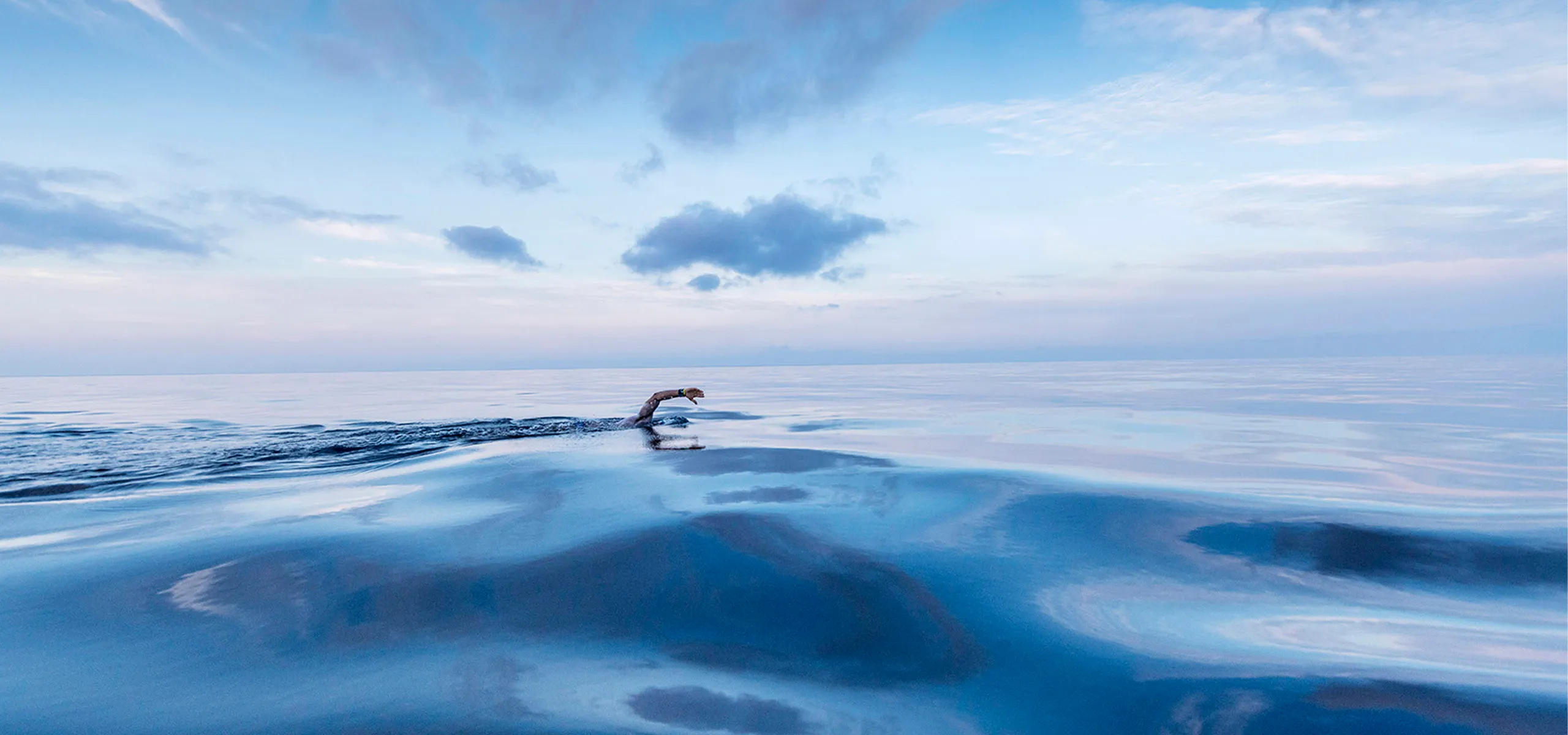Consumers spend seconds looking at a product before buying it. So during those seconds, our brand’s package must be powerful enough to inject what it represents in the minds of our consumers.
Imagine you’re in a shop, about to purchase a product - you’re most likely to reach for the product that leaves an imprint within the first 8 seconds. In other words, we first buy with our eyes. Then, we react depending on how what we see makes us feel.
So as marketers, we can’t make an impact in eight seconds, consumers will move on to the next eye-catching package on the adjacent shelf.
Unique packaging helps a product stand out. In fact, the first thing a human eye recognises is shape, then there’s colour and typography. The curvy Perrier bottle, dressed in its iconic green helps distinguish the fizzy water brand as non-conventional when compared to other leading beverage brands. Its packaging resonates a refreshing mood and relaxed personality.
Product design can add a lot of value to your consumers’ experience of the brand. But how does one create a package that leaves a lasting connection with its consumers? The first steps are all about research.

1. Define your product. Start by understanding what your product is. Figure out how it will be presented to the consumer, where it will be stored, and the material you will be creating a package for. What is the size of the product? Is it a solid or a liquid? Is it fragile? It makes a difference if it’s packing for a frozen food brand or designing a label for a wine bottle.

2. Know your market. Getting into the psyche of your primary consumers will help you determine the overall look and feel of the product. Study what competitors are doing so you can position yourself strategically within your market. It makes a difference if you’re designing a package for a premium luxury product — since you wouldn’t want to make it look too cheap.

3. Identify where it will be sold. Your packaging should help consumers instinctively identify your product as it sits on shelves among your competitors. If you don’t have any control over how your product will be displayed, make it look appealing from all angles.
Now that you’ve done your groundwork, it’s time to start designing the package. But before you do so, there are three important factors to keep in mind.

The Experience
How many times have you struggled to rip open a bar of chocolate, torn a cereal box, or needed to bring in a chainsaw to unearth your newly purchased earphones from its rigid plastic package? The way a user interacts with the package can define the overall experience of the brand.
I’ve always had a better experience opening a product with beautiful packaging rather than a box you have to tear open.

When we designed the Hover Board packaging, we made sure it wasn’t a means to an end. The package was designed to double as a charging station. It was reusable

The Material
The texture, feel and robustness of the packaging material are also part of the brand experience.
From our experience designing wine labels, we learnt how the same design printed on a label in different materials could help elevate the brand experience. It can make a cheap product look expensive, and vice-versa. Choosing the right material isn’t only about targeting the right market, but also about aesthetic and usability
He goes on to add that, since most wine bottles are washed and recycled, the wine label needs to be removed easily and as a whole. And this depends on what kind of material we choose for our wine bottle labels.
We also like to be economical and environmentally conscious, so we won’t design something that can be done using less material.

The Content
Content on packaging needs to be clear, punchy and blended into the overall design and mood of the package. Sometimes, it’s not just about having a name and tagline - most products require a set of instructions or information of use.
Food items, for instance, need to display nutritional information, depending on the country’s laws and regulations. One can either slap them on one hidden side of the box, or find a way to make this important information aesthetically pleasing without disturbing the design.
For Olly’s Premium Eats, we displayed the nutritional information as part of the brand. Instead of hiding them in boring and microscopic script at the bottom of the box, we made them part of the brand by displaying the content to tie in with the overall tone and feel of the brand packaging.

More insights
Scroll for more

Step by Step Guide to Protect Your Social Media Accounts
Always a hot topic, the hacking conversation begins again. Phishing scams and imposter accounts are on the rise, but this time the threat feels much closer to home.


